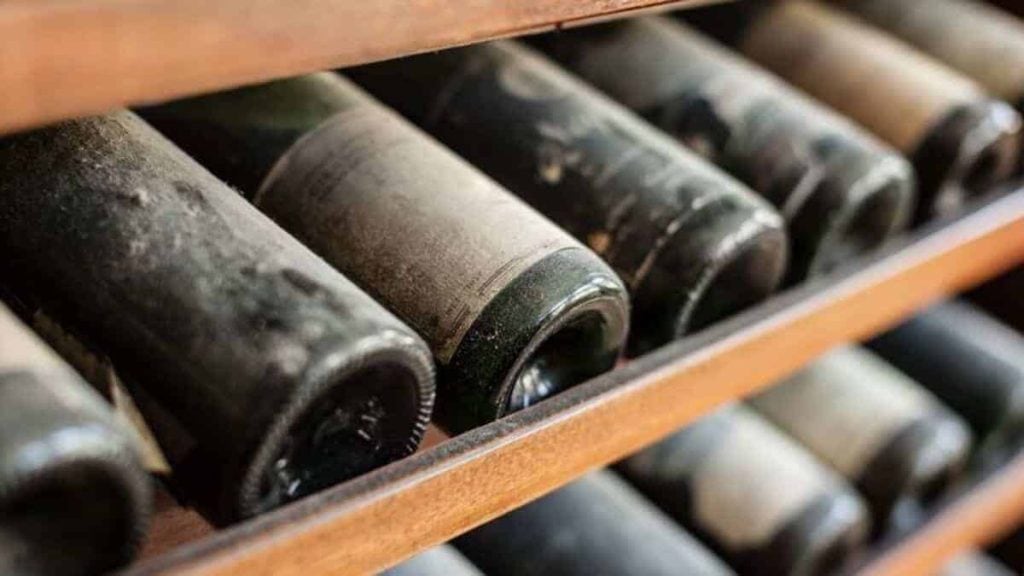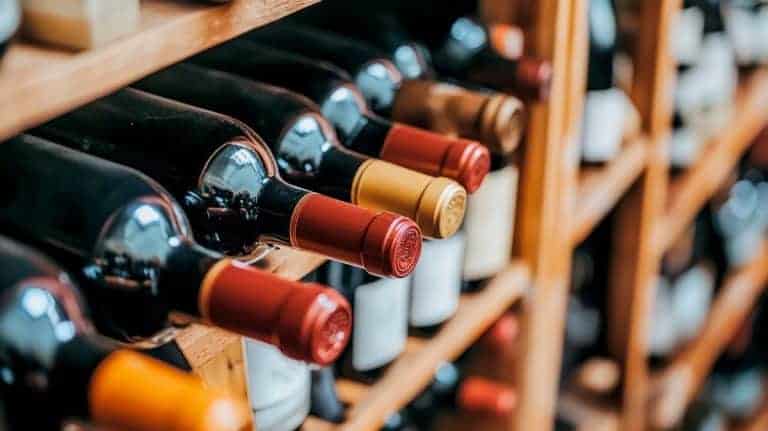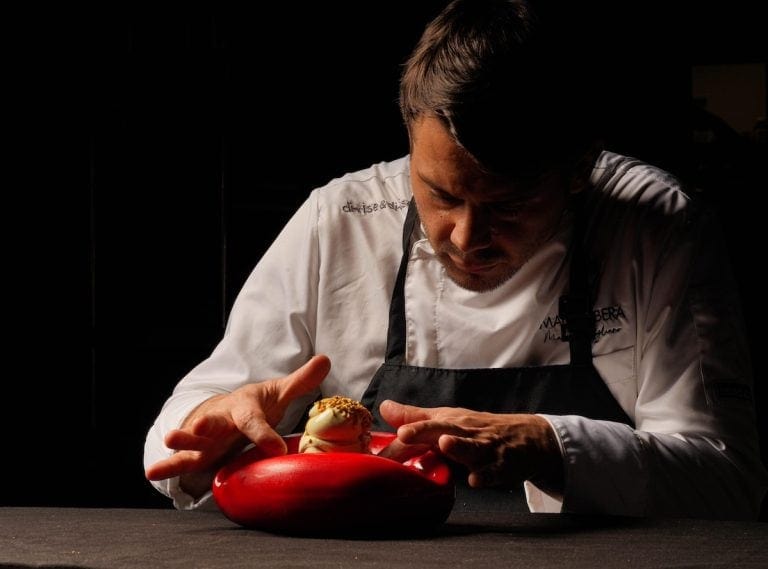No significant turnaround from last year: in 2024, the wine crisis in terms of consumption and prices is far from over. The trends in fine wine reflect this, with all major Liv-ex indices reporting losses: Liv-ex 100 is down by 9.2%, Liv-ex 1000 (the broadest market measure) by 9.6%, and Liv-ex Fine Wine 50 (focused on Bordeaux) by 12.5%. However, there is a silver lining: the Italy 100 shows that the Belpaese has “weathered the storm best (-4.1%).” This is reinforced by the Power 100, where Gaja and Tenuta San Guido claim the second and third spots, ousting Bordeaux and Burgundy from the podium. Surprisingly, a Spanish winery, Vega Sicilia, takes the top position.

Gaja and Tenuta San Guido secure second and third positions
Italy presents a positive image of resilience, “occupying 22 positions, nine more than last year, closely trailing Burgundy and Bordeaux.” A steady ascent in the Power 100 ranking has been evident for over a year. One of the best-performing brands is Gaja: from 38th place in 2022, to 7th in 2023, and now second in the 2024 ranking. “Meticulously built and consistently reliable over decades, it is one of the 11 brands in the Power 100 whose average price has not dropped over the past year.” Tenuta San Guido also shines, climbing 54 places to secure the third spot: “a safe bet in a declining market.” Sassicaia 2020 was the third most traded wine by value and the eighth most traded by volume during the period considered for the Power 100.

Piedmont and Tuscany lead Italy’s success
Gaja and Sassicaia exemplify Italy’s position, with Tuscany and Piedmont driving the country forward: Roagna (15th), Giuseppe Rinaldi (18th), Conterno (20th), Biondi Santi (23rd), Masseto (26th), and Bruno Giacosa (33rd) remain in the top ranks. Some brands have made remarkable leaps, such as Soldera Case Basse, which surged 154 places (from 199th to 45th), and Produttori del Barbaresco, climbing from 143rd to 55th.

France in Decline
The picture is less positive for France’s Bordeaux, Burgundy, and Champagne trio. Bordeaux, in particular, is “not necessarily the safest bet in today’s market, especially for recent vintages, which have seen release prices drop across the board.” For instance, Château Lafite-Rothschild, “the number one brand by value and volume traded, has seen its prices drop by an average of 18.1%.”
While Burgundy remains among the most represented regions in the ranking, its Burgundy 150 Index fell by 14.7% over the past year and 27.8% from its October 2022 peak. Similarly, the Champagne 50 Index dropped by 10.6% over the past year, with its market share falling from 14.4% last year to 11.4% this year.
Trends in the fine wine market
The overall picture of the fine wine market in 2024 reveals two key trends. “First, activity remains high: the number of wines traded is stable. This is evident in the Power 100, where the trade count for the 2024 list is 7.9% higher than for the 2023 list. Second, buyers tend to be reluctant to take on stock they cannot quickly move, resulting in a 6.5% drop in traded volumes.”
While Bordeaux was seen as a certain investment last year, “this year, brands that share many ‘Bordeaux-like’ traits—but not its terroir—have risen to the top. Volume, liquidity, historic branding, and prices that encourage opening bottles are their calling cards. With the market still searching for a turning point, participants are unlikely to change course.”


 US tariffs: here are the Italian wines most at risk, from Pinot Grigio to Chianti Classico
US tariffs: here are the Italian wines most at risk, from Pinot Grigio to Chianti Classico "With U.S. tariffs, buffalo mozzarella will cost almost double. We're ruined." The outburst of an Italian chef in Miami
"With U.S. tariffs, buffalo mozzarella will cost almost double. We're ruined." The outburst of an Italian chef in Miami "With US tariffs, extremely high risk for Italian wine: strike deals with buyers immediately to absorb extra costs." UIV’s proposal
"With US tariffs, extremely high risk for Italian wine: strike deals with buyers immediately to absorb extra costs." UIV’s proposal Meloni: "Tariffs? If necessary, there will be consequences. Heavy impact on agri-food sector"
Meloni: "Tariffs? If necessary, there will be consequences. Heavy impact on agri-food sector" The Government honours the greats of Italian cuisine, from Bottura to Pepe. Massari: "Thank you, Meloni, the only one who listened to us"
The Government honours the greats of Italian cuisine, from Bottura to Pepe. Massari: "Thank you, Meloni, the only one who listened to us"






